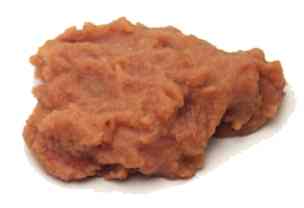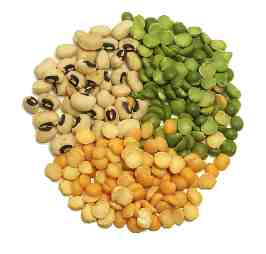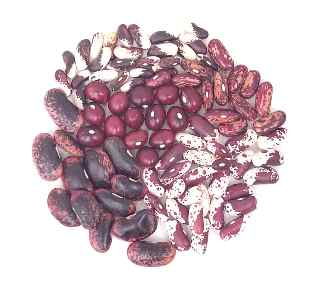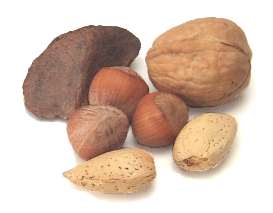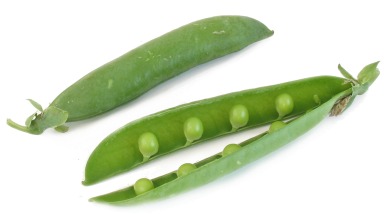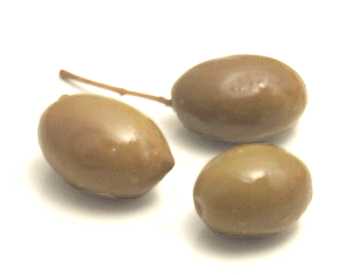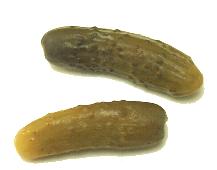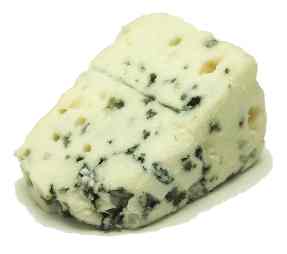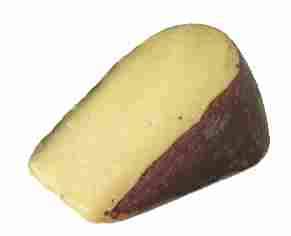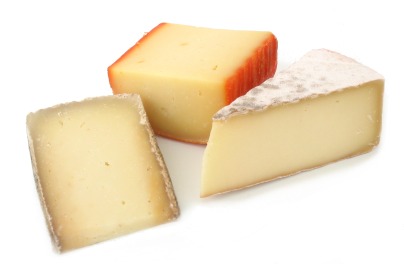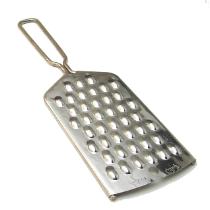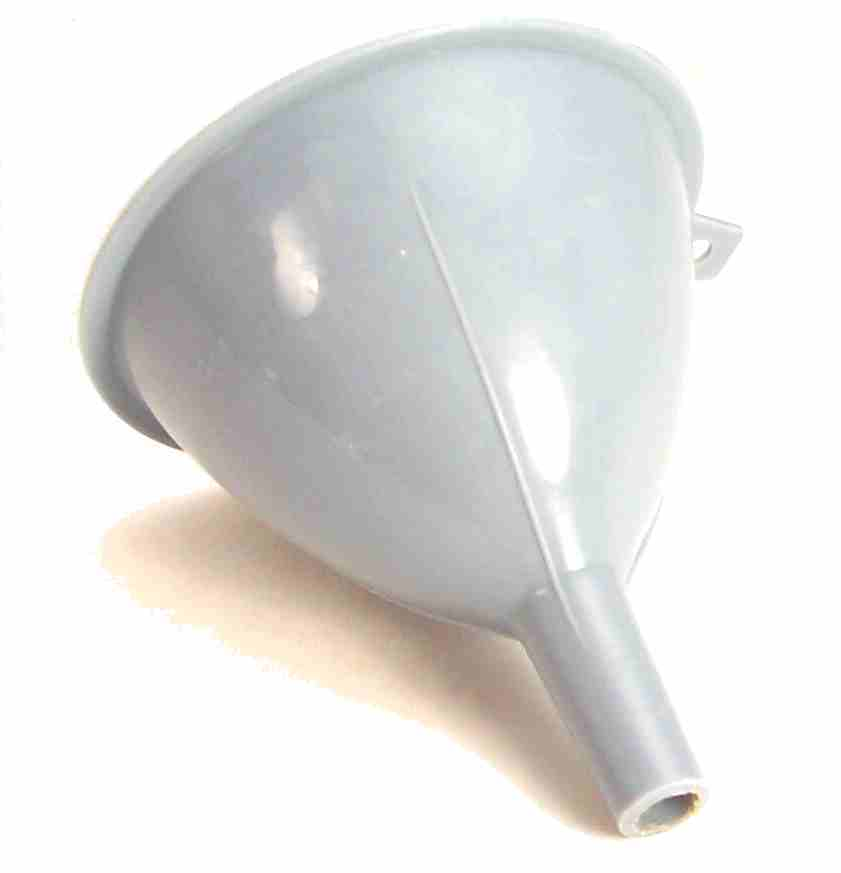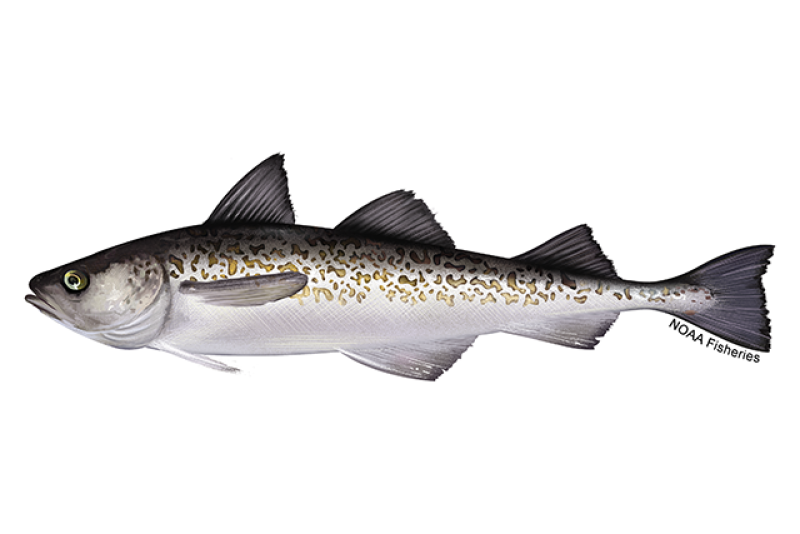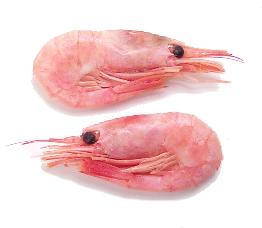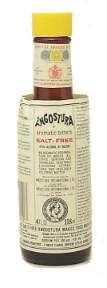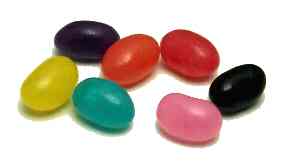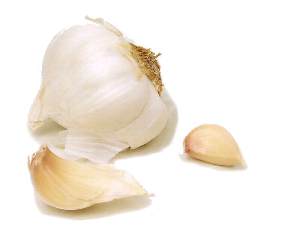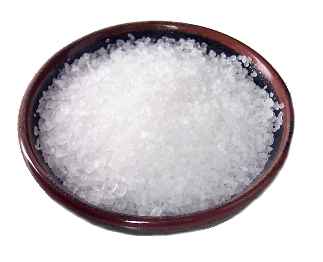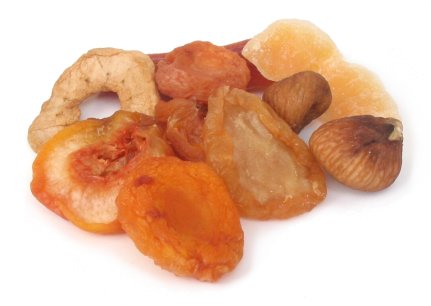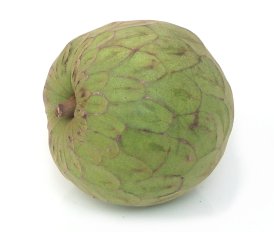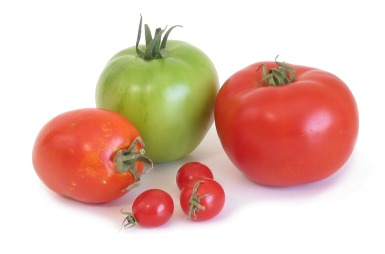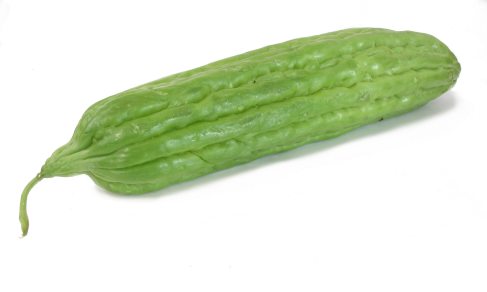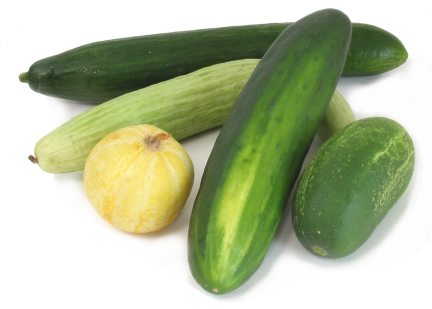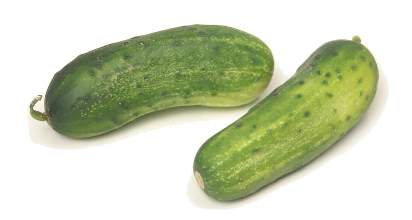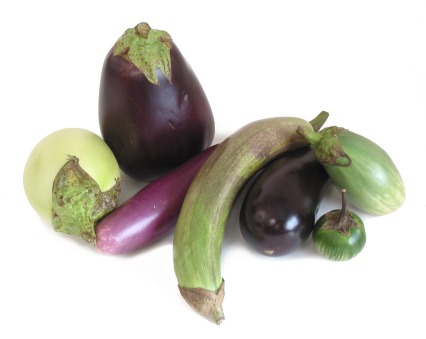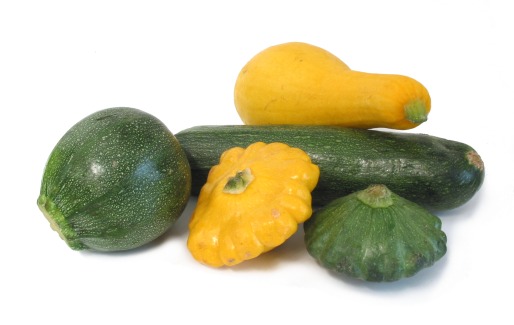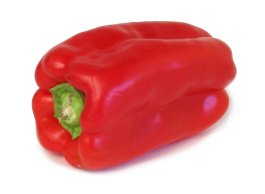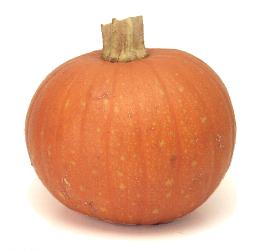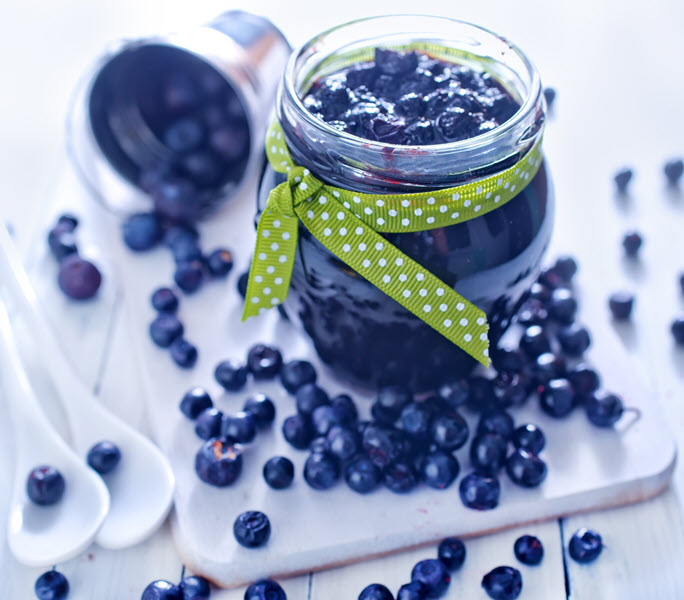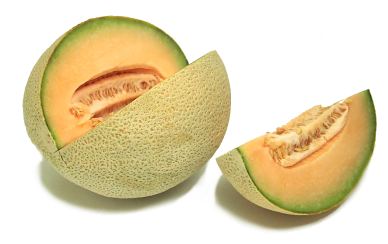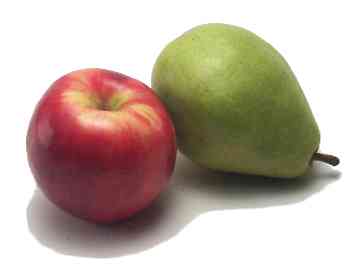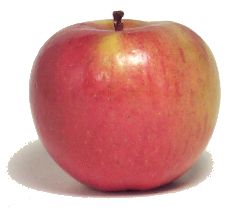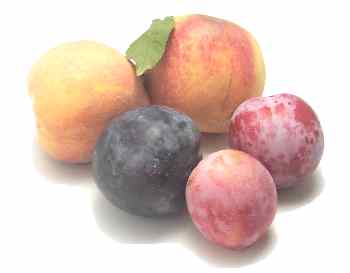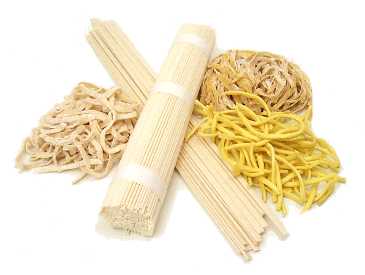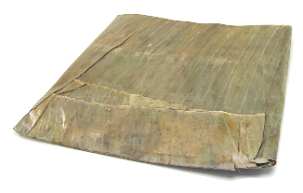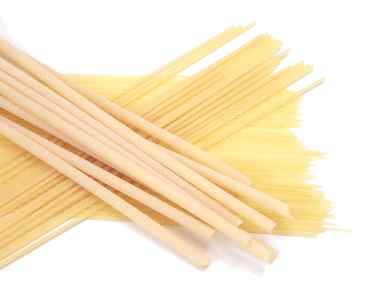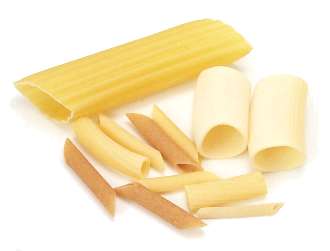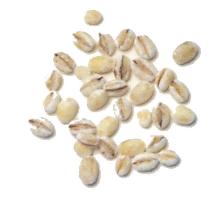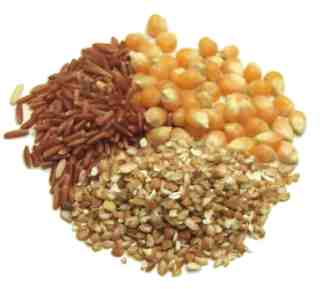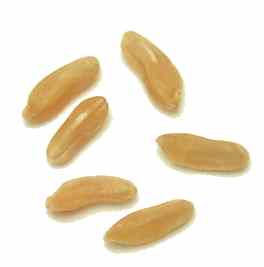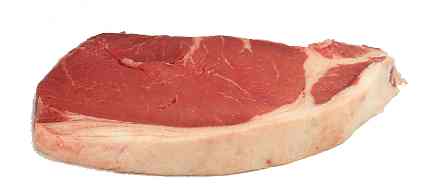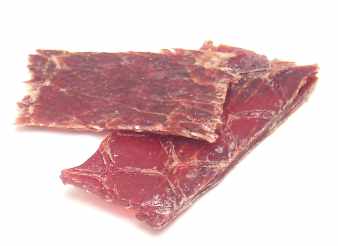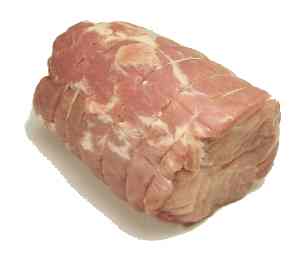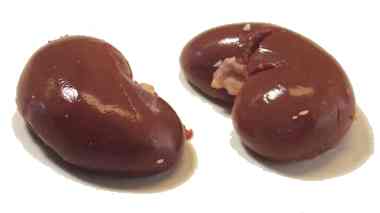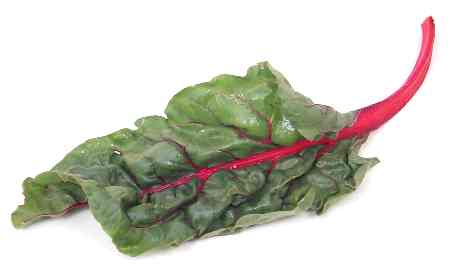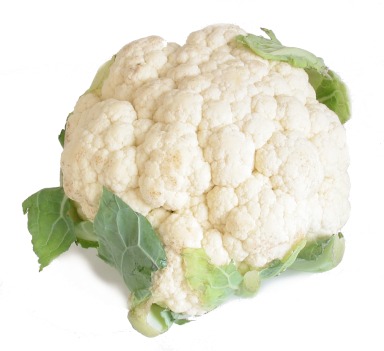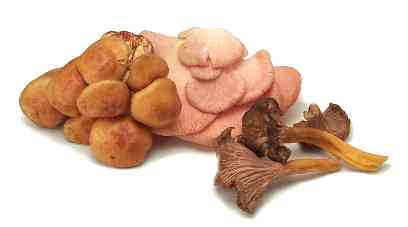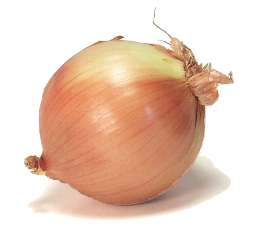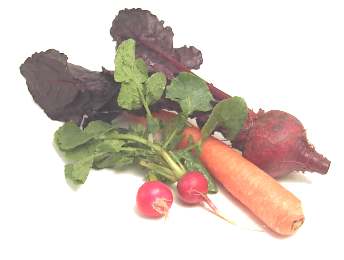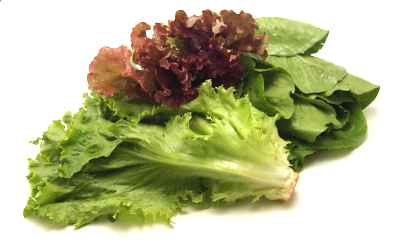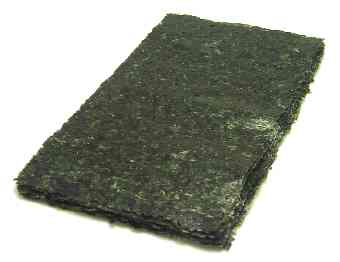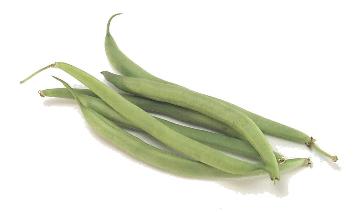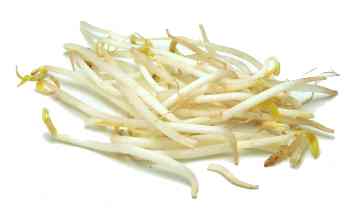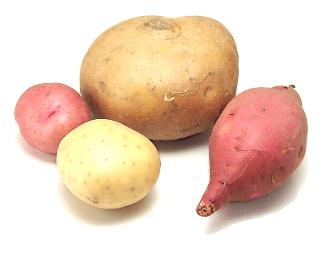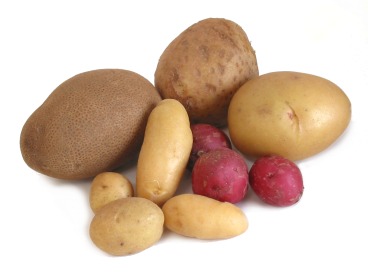Legumes & Nuts Category

Includes peas, lentils, beans, nuts, and nut butters
Chinese almond
These aren't really almonds at all, but apricot kernels. They taste a lot like bitter almonds, and have a rich, heavenly almond-extract fragrance. They're mildly toxic if eaten raw, so they should always be roasted or blanched before using. Look for plastic bags of them in Chinese markets.
Learn morechowli dal
These are black-eyed peas that have been skinned and split. Look for them in Indian markets.
Learn morechufa
These are popular in Spain and Latin America, where they're used to make horchata. They aren't really nuts, but starchy tubers that taste like chestnuts.
Learn morecoco de Paimpol
The French use coco de Paimpol beans for their cassoulets. These white beans are originally from South America.
Learn morecranberry bean
These have an excellent, nutty flavor, and are commonly used in Italian soups and stews.
Learn moredal
Dal is the Indian term for peas, beans, or lentils that have been split and often skinned, but the name is sometimes used for all lentils, peas, or beans, or to cooked dishes made with them. Split lentils don't hold their shape well, so they're often cooked into soups or purées.
Learn moredeep-fried tofu
Frying tofu makes it a chewier and tastier. Both the Japanese and Chinese have their own ready-made versions of deep-fried tofu, and you can find them in cellophane bags and cans in Asian markets. You can also make deep-fried tofu yourself by frying thin slabs of firm tofu in hot oil.
Learn moredried beans
Beans are low in fat and loaded with nutrients, and we'd probably eat more of them if they weren't also loaded with flatulence-producing enzymes. There are ways to enjoy beans without having to forego social appointments, however. One is to change the water from time to time while you're soaking or cooking the beans. Pouring off the water helps gets rid of the indigestible complex sugars that create gas in your intestine. It also helps to cook the beans thoroughly, until they can be easily mashed with a fork. Most bean aficionados prefer dried beans, but canned beans are also available. These don't need to be cooked, but they tend to be saltier and less flavorful than reconstituted dried beans.
Learn moredried chestnut
You reconstitute these by boiling them for about an hour. They're available in Italian markets, but you'll usually pay less if you get them in an Asian market.
Learn moredried fava bean
These meaty, strongly flavored beans have been around for ages, and they work well in sides dishes, soups, or salads. Tender fresh fava beans are available in the fall and are much better tasting than canned, dried, or frozen ones. Cook them before eating. About 400 million people worldwide have favism, an enzyme deficiency. Eating fava beans can cause adverse symptoms in some of them.
Learn moreDried Peas
Like beans, shelled peas are packed with both healthful nutrients and flatulence-producing enzymes. Since the water that you soak and cook the peas in absorbs some of the indigestible sugars that make you gassy, it helps to rinse the peas after soaking, and then use fresh water when you cook them. Split peas don't need to be soaked and cook quickly.
Learn moreedamame
These are fresh soybeans, that are usually sold shelled and frozen, but you can sometimes find them in the produce section, still in their pods. They're rich in protein, fiber, and other nutrients. Fresh edamame pods make great, healthy appetizers. Just steam the pods and have your guests split the pods open and eat the beans inside. Edamame, whether fresh or frozen, is terrific in soups and salads.
Learn moreextra-firm tofu
This isn't as moist as firm tofu, so it holds its shape better and absorb more flavors. Store tofu in the refrigerator, changing the water daily, and use it within a week. Freezing it will make it chewier and give it a meatier texture. Look for cakes of it in plastic tubs in the refrigerated sections of supermarkets and health food stores.
Learn moreeye of the goat bean
his heirloom bean stays firm and richly colored after cooking, so it's great as a side dish or in salads.
Learn morefermented bean curd
This looks innocent enough, like cubes of tofu immersed in a broth, but it has a very pungent aroma and strong, cheesy flavor. It comes in two colors. The white version is often served with rice or used to flavor soups and vegetable dishes, while the red often accompanies meats. Look for it in jars or crocks in Asian markets. Store it in the refrigerator after you've opened it, keeping the cubes immersed in liquid or oil to prevent them from drying out and discoloring.
Learn morefermented black bean
These come in plastic bags, boxes, or in cans. Those in the plastic bags are considered the best. Cooks disagree about whether they should be soaked or rinsed before using.
Learn morefirm tofu
Choose this style of tofu if you want to cut it into cubes for stir-frying or crumble it into salads. Rinse and drain the tofu before you use it. Tofu will absorb more flavors and hold its shape better if you press out some of the water before marinating or cooking it. To do so, place the tofu on several layers of paper towels or cheesecloth, cover it with plastic wrap, and put something heavy on it. Do this for at least an hour, or put the whole assembly in a pan and set it in the refrigerator overnight. Store tofu in the refrigerator, changing the water daily, and use it within a week. Freezing firm tofu will make it chewier and give it a meatier texture. Look for cakes of it in plastic tubs in the refrigerated sections of supermarkets and health food stores.
Learn moreflageolet bean
The French make good use of this small, creamy bean, often serving it with lamb.
Learn moreFrench green lentils
These choice lentils were originally grown in the volcanic soils of Puy in France, but now they're also grown in North America and Italy. They're especially good in salads since they remain firm after cooking and have a rich flavor. They cook a bit slower than other lentils.
Learn morefresh beans
Fresh beans appear in the summer and fall, and they're sweeter and more tender than dry beans. You don't need to soak them or cook them as long as dried beans, but they often need to be shelled before using. You can usually substitute them with dried beans pound for pound.
Learn morefresh black-eyed pea
In their fresh form, black-eyed peas are pale green and have a wonderful, nutty flavor. Unlike dried black-eyed peas, they don't need to be soaked, and they cook much faster. They arrive in markets during the late summer and early fall.
Learn morefresh fava bean
Fresh fava beans are available in the summer and are much better tasting than canned, dried, or frozen ones. Young fava beans need only be shelled, but more mature beans should also be peeled to rid them of the tough, waxy skin that surrounds each bean. The best way to do this is to blanch the shelled beans for a minute in boiling water, plunge them into cold water, and pull off the skins. Select large fava beans that don't have black spots on them, Larger ones are the best. About 400 million people worldwide have favism, an enzyme deficiency. Eating fava beans can cause adverse symptoms in some of them.
Learn morefresh lima bean
These are exquisitely sweet and tender, as long as you get to them soon after they're picked. The freshest pods are brightly colored and snap crisply when you bend them. Fresh lima beans don't need to be soaked and you need only cook them about 15 minutes.
Learn morefresh peas
Fresh peas are sweeter and more tender than their dry counterparts. To shell one, just pull down the string and squeeze the pod at the seams, then scrape out the peas and discard the pods. As with corn, freshness is crucial since peas begin converting their sugar into starch as soon as they're picked. The freshest pods are brightly colored and snap crisply when you bend them. Fresh peas don't need to be soaked and they cook fairly quickly.
Learn moregarden pea
These appear in the summer months, and they're so sweet that it's well worth the trouble to shell them. Freshness is crucial, so look for brightly colored pods that are crisp enough to snap. Petits pois are a small and tender variety.
Learn moregingko nut
These nuts date back some 150 million years, and are believe to be a powerful aphrodisiac. Asian cooks like to use them in desserts and stir-fries. They're available in Asian markets either fresh (in the fall), canned, or dried. To prepare fresh nuts, crack open their shells and then pour boiling water over the nutmeats. Let them soak for about ten minutes until their skins are loose. Peel off the skins, then put the nutmeats in a pot full of boiling water, let it simmer for about thirty minutes, then drain. Canned nuts have already been shelled, skinned and boiled, but they're mealier than fresh nuts. Rinse them before using.
Learn moregreen bean
These are meant to be cooked and eaten, pods and all. They're best if they're steamed or stir-fried just until they're tender but still crisp. Select bright green beans that snap when broken in half. Their peak season is in the summer.
Learn moregreen pea
It's best to buy them split, since split peas don't need to be soaked and cook fairly quickly. They're commonly used to make soups.
Learn moreharicot verts
This is a very thin variety of green bean that's crisp, tender, and expensive. Don't confuse this with the haricot bean, which is a dry bean.
Learn morehatcho miso
This is a very strong, salty version of miso that's made with soybeans and aged for up to three years. It's reddish-brown, somewhat chunky, and often used to flavor hearty soups.
Learn morehazelnut
Hazelnuts have a crunchy texture and an appealing flavor that goes especially well with chocolate. Unshelled nuts show up in the produce department of larger supermarkets in the fall and winter. Shelled nuts are available year-round near the baking supplies. Before you use them, toast shelled hazelnuts in a 325° oven for ten to fifteen minutes, stirring occasionally. As soon a you take them from the oven, rub the nuts vigorously with a towel to remove their bitter brown skins.
Learn morehazelnut flour
This is ground from the cake that remains after the oil is pressed from hazelnuts. This is hard to find, but you can order it from Baker's Find (1-800-966-BAKE) or online from from King Arthur Flour.
Learn morehazelnut paste
This is used as a filling in candies and baked goods. Look for it in specialty shops or Middle Eastern markets.
Learn morehickory nut
These are delicious, but they aren't grown commercially because the shells are so hard. Pecans are a very close relative.
Learn morehorse gram lentil
A staple of many Indian farm families, horse gram has an assertive, earthy flavor.
Learn moreItalian flat bean
These green or yellow beans are like ordinary green beans, but they're flatter. Select small, brightly colored beans that snap when you break them in half.
Learn morekidney bean
This is a family of sweet kidney-shaped beans that comes in different sizes and colors. Varieties include cannellini beans, flageolets, and red kidney beans.
Learn morekola nut
These bitter nuts are loaded with caffeine, and Africans like to chew on them throughout the day. One downside is that they turn your teeth orange.
Learn morelablab bean
These beans can be brown, reddish-brown, or cream colored, and they're easily identified by a white seed scar which runs along one edge. They have a pleasant nutty flavor, but they need to soaked and peeled before cooking. Skinned and split lablab beans, called val dal in Hindu, are more convenient to use. Both whole and split beans are available in Indian markets.
Learn more
